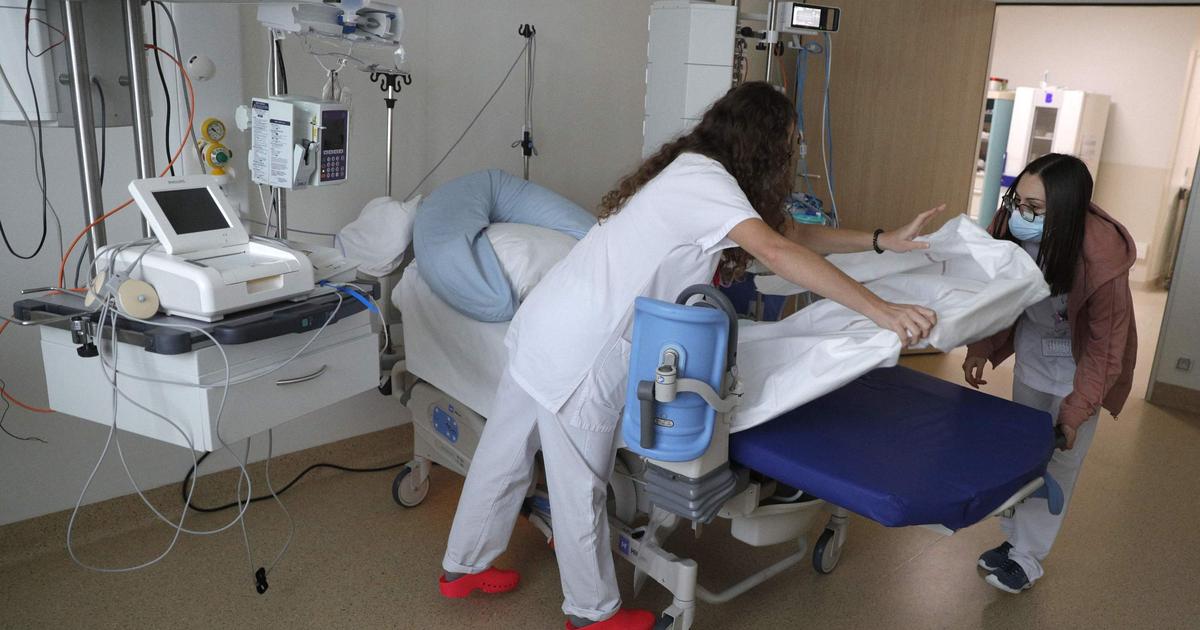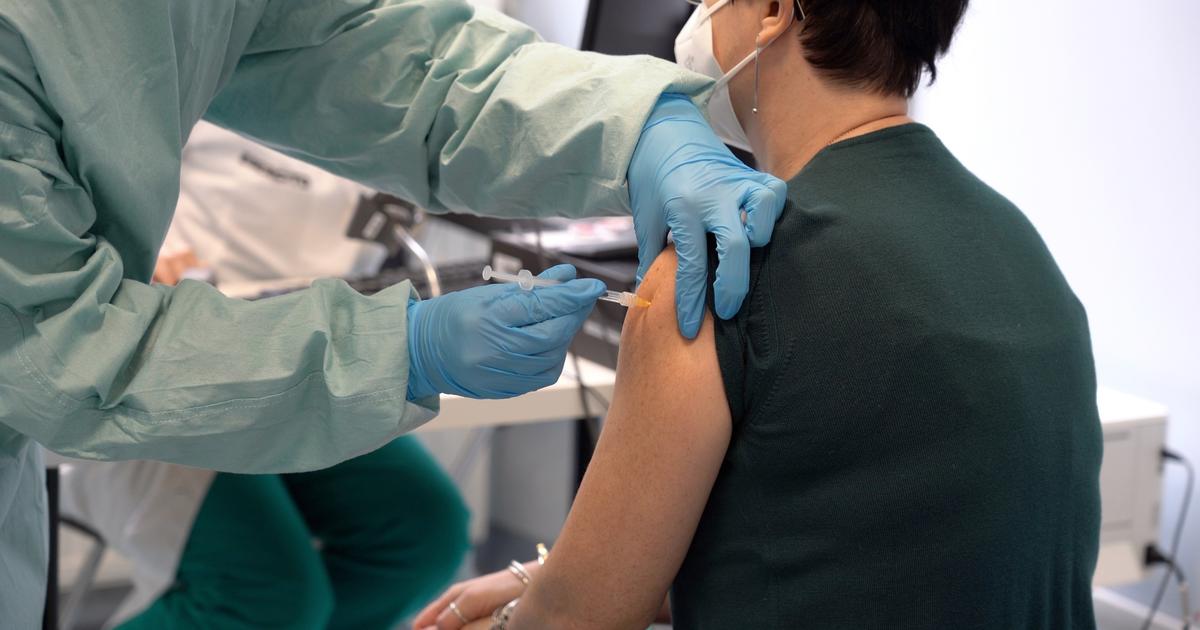12, 33, and now ... 57. The number of departments which record more than half of the new cases of Covid-19 due to the variant B 1.1.7 (called “British”) has almost quintupled in two weeks.
So now 57 territories are concerned, according to the last weekly epidemiological point of Public Health France, published Thursday evening.
Nationally, 59.5% of new cases are due to this variant, which arrived in France at the end of December.
These consolidated results come from the “screening” of 93,997 PCR or positive antigen tests, over the week of February 22 to 28.
In all, 95 departments present interpretable data and the vast majority (86) are more than 30% of this variant.
The 57 most affected territories (we do not have, to date, an additional 50% slice) are mainly located in a large north-eastern quarter, in the region of the Alps and on the Mediterranean coast.
Overseas, Guyana (73%), Guadeloupe (70%) and Martinique (56.3%) are also concerned.
This variant has been found to be more contagious than the predominant strain so far (increased transmissibility of 36 to 75%) and it is "possibly associated with a more severe form of the disease and higher mortality", indicates Public Health France.
A link with the evolution of the incidence?
The so-called “South African” or “Brazilian” variants also circulate in almost all the departments, but in much smaller proportions: only ten of them are more than 10% present.
Moselle, which had aroused great concern from the government in mid-February, is the only territory where these two strains combined are in the majority (54.4% of new cases).
Public Health France also underlines the existence of a "growing relationship between the percentage of suspicions of [these three] variants and the evolution of the incidence" between week 6 and week 8. A graph indeed shows a sort of correlation between the two elements.
In short: many departments, such as those of Île-de-France, show both a majority of cases linked to the B 1.1.7 variant and an incidence rate (number of cases per 100,000 inhabitants over seven days) up sharply in two weeks.
READ ALSO>
Covid-19: between weather and epidemic, an increasingly obvious correlation ... but still mysterious
Morning essentials newsletter
A tour of the news to start the day
Subscribe to the newsletterAll newsletters
But this correlation also suffers from several exceptions.
Certain territories in the southwest, such as Gers and Tarn-et-Garonne, for example present more than 50% of this variant, while the incidence rate has decreased in two weeks.
Proof that many other parameters, such as the weather or the restrictions imposed by the prefects, can also have an impact.
The most affected children
Another element appears every week in the reports of Public Health France and is confirmed again this time.
It is among 0-9 year olds that the so-called “British” variant is most present.
It now represents 64.9% of new cases in these children.
The more the age of the slice increases, the more the share of this strain decreases.
It is “only” 53.8% among 70-79 year olds and 41.2% among 90 years and over.
Asked on this point on February 19, Bruno Coignard, director of the infectious diseases department of Public Health France, replied that "a priori, there is no particular tropism of this variant towards the youngest populations" .
According to him, the main hypothesis at this stage is linked to the fact that children have more social contact than other categories of the population, especially since schools have remained open.
"The elderly certainly have a stronger propensity to protect themselves, with fewer opportunities for contact," he added.
VIDEO.
Saliva tests at school: "I prefer to spit, it hurts less than the cotton swab in the nose"
These data on the circulation of variants are not yet available in precise value in open data, but only by tranche.
This was to change "next week", responded to us this Friday morning Public Health France, without confirming 100% the date of Monday March 8 that some internally have checked.












/cloudfront-eu-central-1.images.arcpublishing.com/prisa/S7ERVSCT4FUVX6R7TUVBDNTH5Y.jpg)


